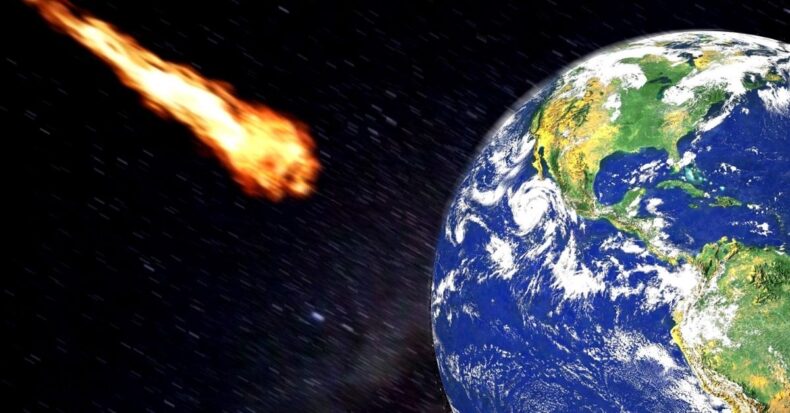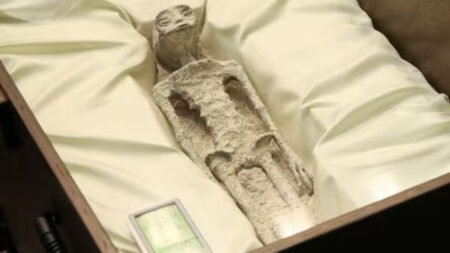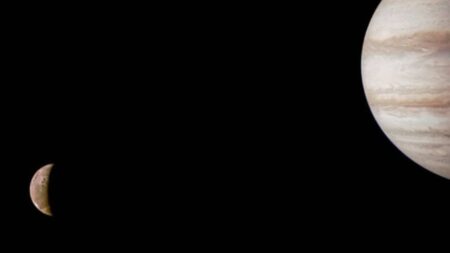On Saturday, August 21, a gigantic asteroid the size of the world’s tallest skyscraper, the Burj Khalifa, will fly past Earth.
The National Aeronautics and Space Administration has designated the “potentially hazardous” asteroid as “2016 AJ193,” a cluster of 1,000 pebbles (NASA).
According to NASA, the fast-moving chunk is travelling through space at a speed of 94,208 kilometres per hour, which is keeping a close check on it.
At this rate, the asteroid will come within 3,427,903 kilometres of Earth. The asteroid is 1.5 times the height of the Burj Khalifa and more than 4.5 times the height of the Eiffel Tower.
THE DISCOVERY
The asteroid was initially discovered in January 2016 by the Panoramic Survey Telescope and Rapid Response System (Pan-STARRS) facility at Haleakala Observatory in Hawaii.
Nasa observed it with the NEOWISE satellite. The asteroid is quite opaque (not particularly reflective), according to EarthSky, and its rotation period, pole direction, and spectral class are all unknown.
The asteroid rounds the Sun every 5.9 years, passing quite close to Earth’s orbit before moving beyond Jupiter’s orbit. It travels in the direction of Jupiter as it approaches Earth’s orbit.
THE ROLE OF NASA
NASA began radar observations of the asteroid on August 20 and will continue until August 24.
Over 26,000 near-Earth asteroids are now being tracked by NASA, with over 1,000 of them potentially hazardous. This asteroid’s closest approach to Earth will happen in August.
The space agency forecast the asteroid’s orbital path and stated that it would not harm Earth this time.
21, at least for the next 65 years, the longest time for its orbit has been estimated. To the naked eye, the asteroid will be invisible. Astronomers will be able to see it using telescopes as part of their research and study.
WHAT EXACTLY ARE ASTEROIDS?
Asteroids are rocky debris leftover from the 4.6-billion-year-old origin of the solar system.
Asteroids are dangerous (ask Dinosaurs).
According to the Nasa Joint Propulsion Laboratory (JPL), an asteroid is classified as a near-Earth object if less than 1.3 times the distance between Earth and the Sun (the Earth-Sun distance is about 93 million miles).
Over 26,000 near-Earth asteroids are tracked by Nasa, with over 1,000 of them deemed potentially hazardous.
The agency determines the asteroid’s location by tracking its orbit around the Sun and estimating an elliptical path that best fits the available observations of the item.













